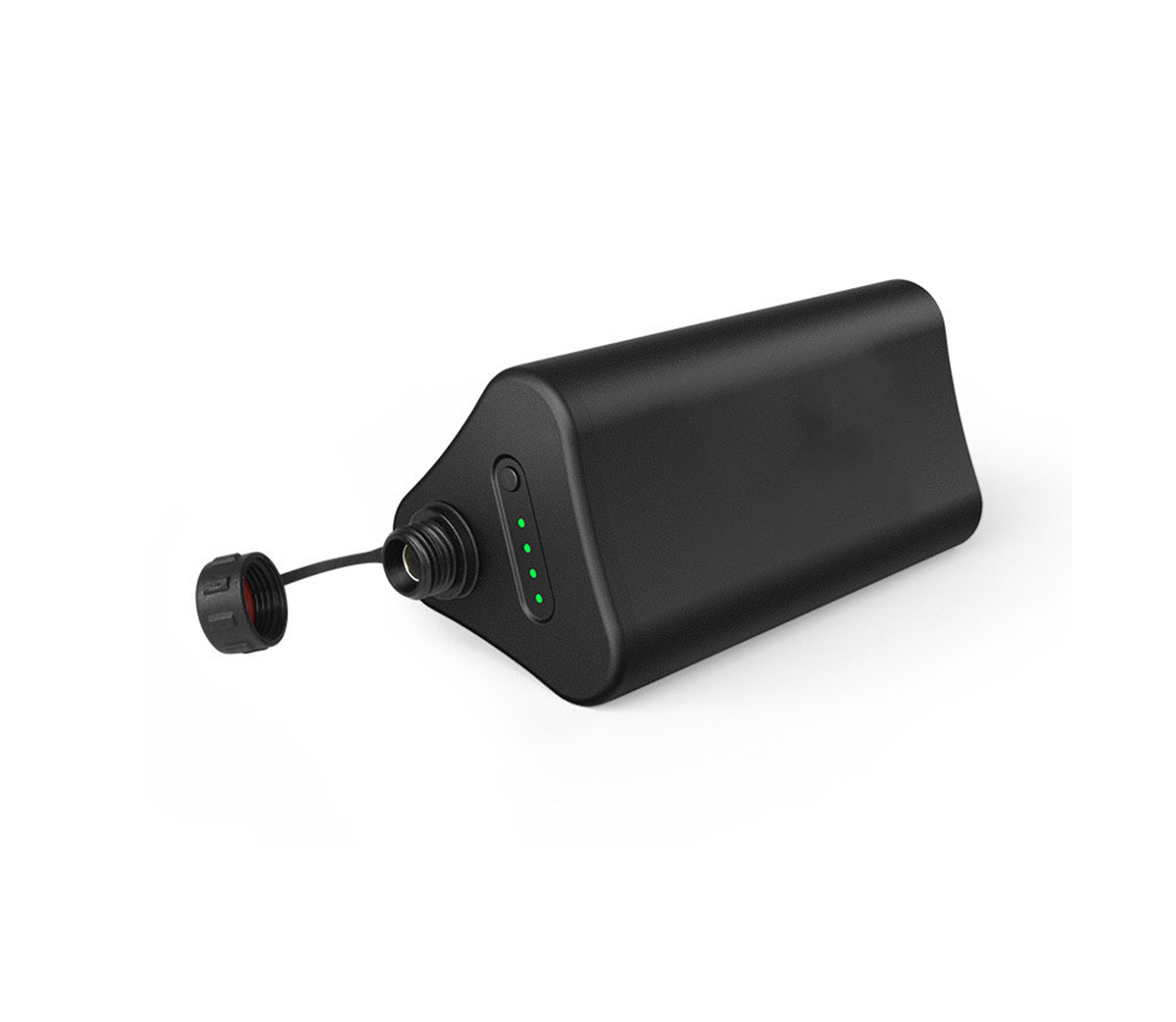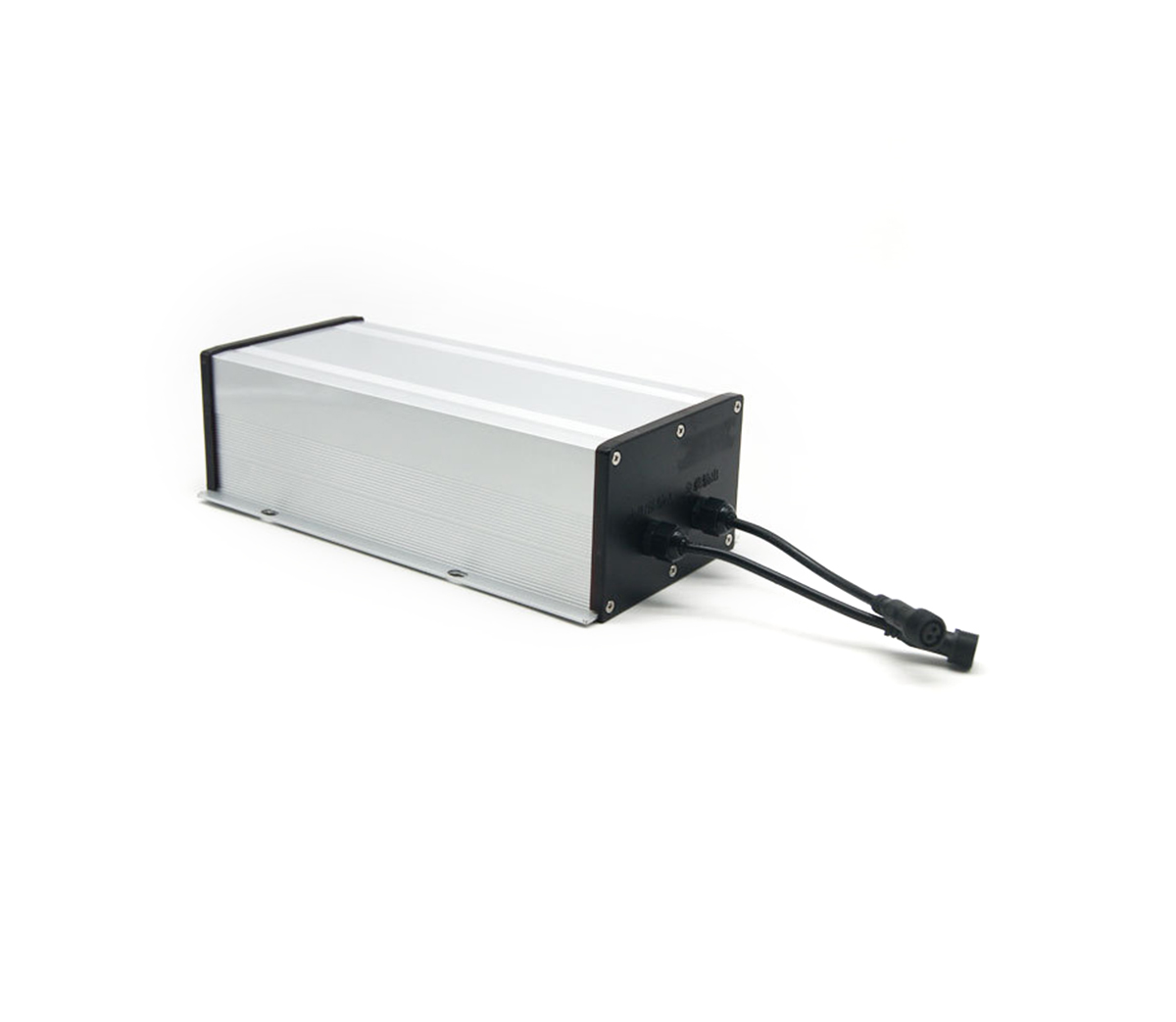Improve the safety of lithium-ion battery packs for electric vehicles?
In the management system, the battery monitoring circuit board uses two key
subsystems to reliably monitor the battery status and provide digital results to
the main control processor in charge of the operation of the control system. In
order to separate these subsystems, the high-voltage battery sensing circuit and
the circuit board Optically isolated signal interfaces are used between the
communication devices to ensure that high voltages will not affect the digital
subsystem.
At present, in all-electric or hybrid vehicle applications, the management
of high-voltage lithium-ion battery packs faces many challenges. In addition to
monitoring the charge and discharge cycles, it is also necessary to isolate
battery packs that provide hundreds of volts for safety reasons. This article
specifically discusses the needs of lithium-ion battery monitoring, and
discusses the architecture and components used in battery monitoring systems,
digital communication systems, and isolation interfaces.
In the management system, the battery monitoring circuit board uses two key
subsystems to reliably monitor the battery status and provide digital results to
the main control processor in charge of the operation of the control system. In
order to separate these subsystems, the high-voltage battery sensing circuit and
the circuit board Optically isolated signal interfaces are used between the
communication devices to ensure that high voltages will not affect the digital
subsystem.
Li-ion battery characteristics
The complex electronic system that must meet the performance, safety and
reliability requirements of electric vehicles is directly affected by the
characteristics of lithium-ion batteries. When lithium-ion batteries are
discharged, lithium materials are usually ionized at the graphite anode, and
then these lithium ions are used The electrolyte moves through the separator to
the cathode to cause the charge to flow. The charging process reverses the
entire process, bringing lithium ions from the cathode back to the anode through
the separator.
The performance and reliability of this chemical reaction program is
controlled by the temperature and voltage of the battery cell. At lower
temperatures, the chemical reaction is slower, making the battery cell voltage
lower. As the temperature rises, the reaction speed will increase until lithium
is reached. The ion cell begins to collapse. When the temperature exceeds 100°C,
the electrolyte begins to decompose, releasing gas that may cause the pressure
of the battery cell without a pressure relief mechanism in the design. At a
sufficiently high temperature, the lithium ion battery cell may be caused by
oxides. Decomposition faces thermal runaway and releases oxygen, which further
accelerates the temperature rise.
Therefore, maintaining the optimal operating conditions of lithium-ion
batteries is a key requirement of the battery management system. The main
challenge in designing the control and management system is to ensure reliable
data collection and analysis to monitor the status of the lithium-ion battery in
the car. , And this is the characteristic problem of the lithium-ion battery
itself.
In the ChevyVolt electric vehicle, the battery pack contains 288 prismatic
lithium-ion batteries, divided into 96 battery groups, which provide a DC system
voltage of 386.6V through connection. These battery groups combine temperature
sensors and cooling units to form four main batteries Module, the voltage
sensing line connected to each battery group is terminally processed when it is
connected to the top of each battery module, and connected to the battery
interface module above each battery module through the voltage sensing strap
combination connector, 4 of them are used The color-coded battery interface
modules operate in different positions of the battery pack, corresponding to the
low, medium, and high voltage ranges of the four modules' DC voltage
offsets.
The data provided by the battery interface module will be sent to the
battery energy control module, and then this module will provide fault
conditions, status and diagnostic information to the hybrid control module as
the vehicle diagnostic main controller. At any time, the entire system will Run
more than 5000 system diagnostics, of which 85% of the diagnostics focus on the
safety of the battery pack, and the others as the target battery performance and
life control.
Multilayer circuit board
The battery performance analysis starts with the battery interface control
module used in the ChevyVolt electric vehicle. Please refer to Figure 1. The
design is specifically for high signal integrity. The four-layer design of the
circuit board uses trace layout technology, isolation technology and ground
plane To help ensure signal integrity in such a challenging environment, the top
layer contains most of the components, including optical isolators, ground
planes, and signal traces with multiple vias, providing access to the lower
layer The second layer uses power and ground planes to be distributed under the
high voltage area of the circuit board. The third layer contains signal traces
that pass through these areas. The other side of the printed circuit board, that
is, the fourth layer As a ground plane and signal routing, and contains some
additional components.


































